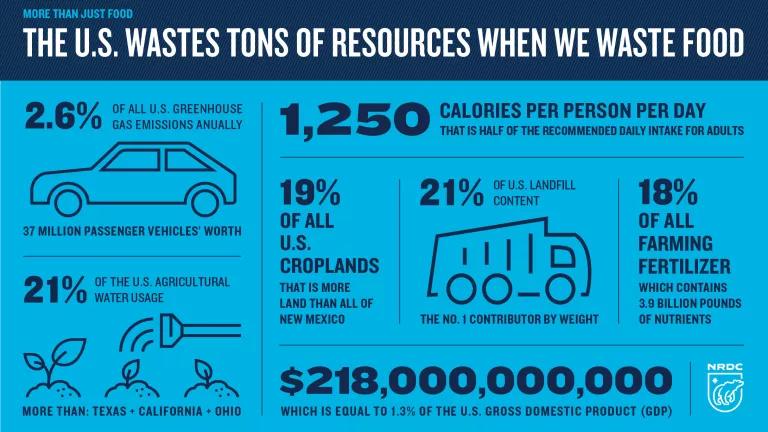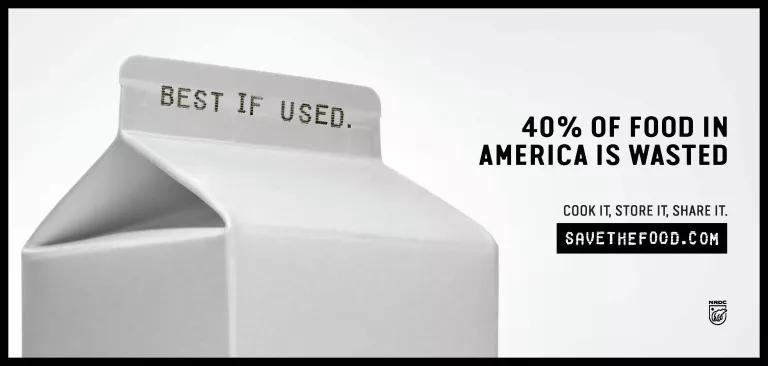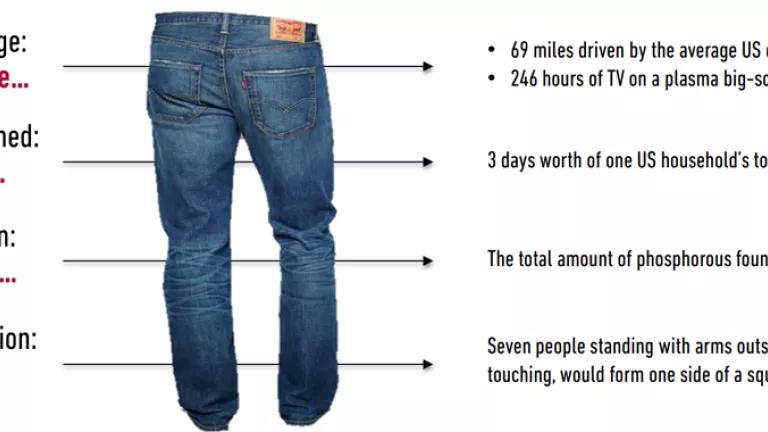First International Day of Food Loss and Waste Awareness

Today marks the first observance of the International Day of Awareness of Food Loss and Waste across the globe. Through its proclamation, the UN recognizes the intertwined economic, social, and environmental dimensions which contribute to sustainable development and sustainable food systems. In the US, though food is lost and wasted at every stage of the food supply chain, food waste has become an overlooked part of our normal lives and business as usual. It’s time that we acknowledge the environmental, economic, and social effects of food waste and do our part to turn this ship around.
When we waste food, we also waste all of the water, land, energy and money that goes into producing, processing, and transporting our food. Globally, food waste is responsible for a lot of climate pollution. The UN FAO estimates total carbon pollution from global food waste to be 4.4 GtCO2 per year or 8% of anthropogenic GHG emissions which is very nearly the same amount as global road transport emissions.
That’s why the UN Sustainability Goals aim to cut food waste by 50% by 2030 (SDG 12.3). As a country, the US set a goal for the same target. Many states, cities, businesses and households are also striving to cut their food waste. With only ten years left to achieve the goal, we’ll need to ramp up our efforts as we approach the target.
In the US, it is estimated that about 40 percent of food waste comes from our homes—more than grocery stores and restaurants combined—costing the average family of four $1,800 per year on food they never eat. While it might not seem like a big deal when we splurge for takeout instead of eating what we’d planned when we shopped, or toss the whole carton of berries because some of them started to go off, every small action adds up to a big global problem. Which means our individual decisions are part of the solution to a systemic change in cleaning up our food system.
The good news is that reducing food waste is something we can all improve a little bit at a time. Every step you take to minimize food waste by planning your meals, shopping according to your plan, using up all the food you bring home, and innovating ways to cook with your scraps, gets us one step closer to our goal to cut food waste.

We created Save The Food to help you be a part of the solution. SaveTheFood.com is full of more tips and recipes to move us from awareness into preventing food from becoming waste at home.
In our updated report Wasted: How America is Losing up to 40 Percent of its Food from Farm to Fork to Landfill, we also have a list of laws we need Congress to pass, actions for state and local government, and best practices for businesses throughout the rest of the food supply chain.
We all have a part to play in recognizing and preventing food loss and waste. Meeting our 50% reduction goals will require all of us.




